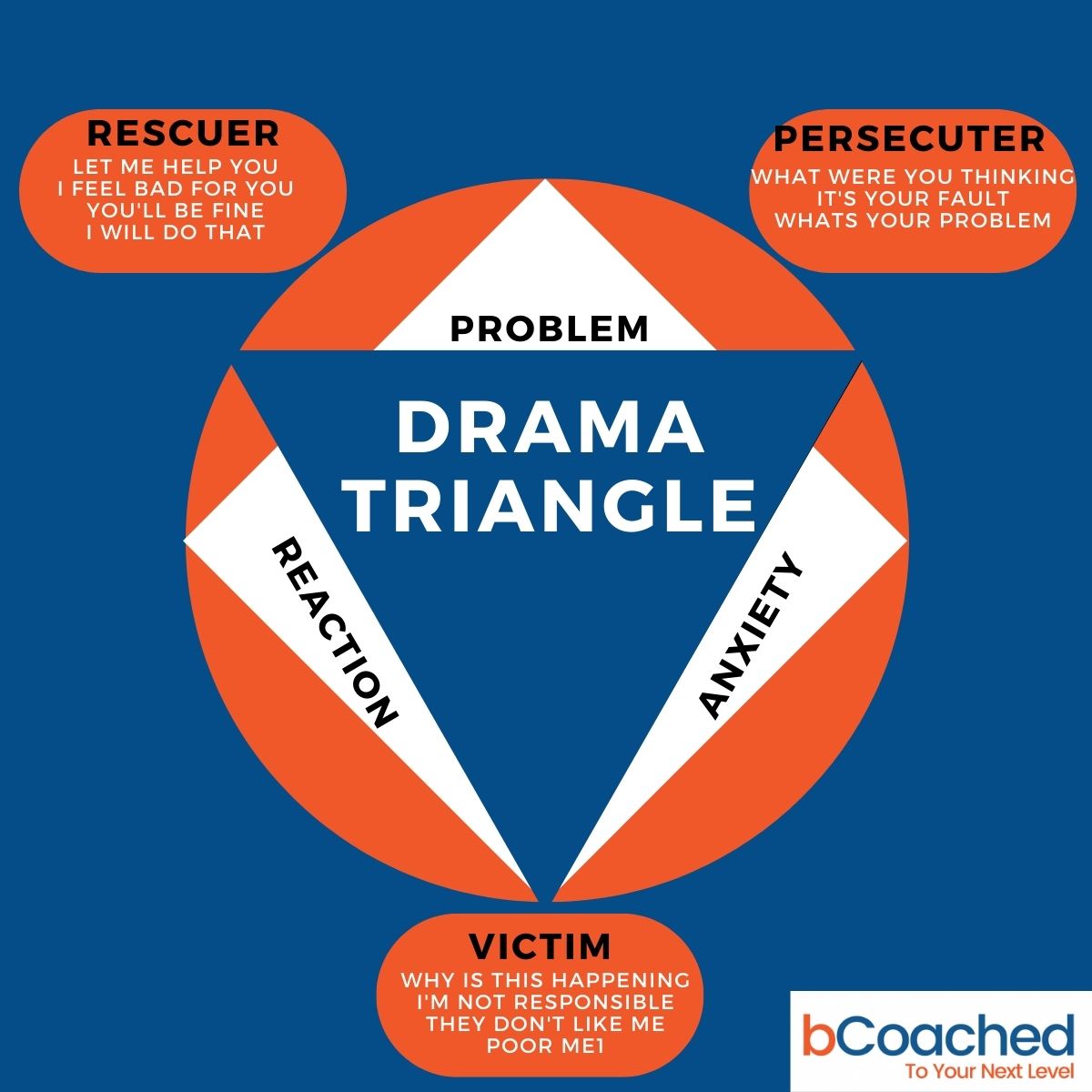In an organization where teams perform effectively, timely and consistently, the employees are fully committed to achieve the vision of the organization, attain its goals and fulfill the expectation of its stakeholders. In other words, they are fully engaged with the mission of the company and eager to contribute to the organizational success by going the extra mile. In the world of organizational performance, this is described as “employee engagement”.
According to David Macleod and Nita Clarke, authors of Engaging for Success (Macleod and Clarke, 2009), there are four key elements that drive effective employee engagement. In this article I introduce them with a brief statement extracted from Engaging for Success and illustrate them step by step.
Strategic narrative
“I need visible, empowering leadership that articulates clearly where we have come from, where we are now and our vision of where we are going. What is the bigger picture of which I am a part of and how does my role fit in with achieving our shared vision?” (Macleod and Clarke, 2009)
A common denominator that David Macleaod and Nita Clarke observed in organizations with high levels of employee engagement and performance, is strategic narrative about the organization. Strategic narrative refers to the story of an organization highlighting where it started, where it is now and where it is heading to. These three stages represent the milestones the organization prides itself of, internally and externally. Where it started represent the deepest roots of the organization, precisely who and what gave life to it, where it is now illustrates how the organization and its people have managed to evolve, where it is heading to is the ambitious future the organization is working towards. It is a powerful and authentic story that gives employees a sense of belonging and a clear direction. It encourages them to be part of it, so that they can shape the now and prepare for the time to come.
An organization with an empowering strategic narrative celebrates its people, from the founders to those who accomplished the last project or launched their newest product. Every significant milestone is a reason to praise and reward people, collectively and individually, for their time and unique dedication to the shared purpose. Every accomplishment is captured in the story of the organization, with no exceptions.
Engaging managers
“I respond best to a boss who makes it clear what my role is and helps me to harness my energy and creativity to play that role optimally. I want my achievement measured and celebrated and I thrive on opportunities to learn, develop and contribute more”. (Macleod and Clarke, 2009)
Leading by example is the only behavior that ensures employees speak and behave as their leaders do. Therefore, when an organization aims to increase its employee engagement, it simply needs leaders that consistently think, decide and act with the aim to truly engage their employees.
Engaging managers use positive language and avoid negations when talking to their team members. They clearly, succinctly and to the point say what to do with encouraging words. They ask questions and often listen. In practice, they take the time needed to relate to their colleagues on a daily basis and often build personal connections while keeping healthy boundaries. For instance, truly engaging leaders never take business trips as an excuse not to be present. They ensure they are available for their team members before and after each trip and keep them updated on the progress they make while offsite. Being present, giving and receiving feedback is crucial to sustain employee engagement, regardless of the physical distance in between or the restrictions brought nowadays by covid 19.
Engaging leaders are grounded and humble. If you walked into their office, you would not recognize that they are the leaders. You would simply find them among their colleagues brainstorming with or supporting them in completing their individual or collective tasks. What is more, they love to share their rewards with their teams because it’s never about their personal success but about the endeavor of the organization and its people.
Employee voice
“I like to know that my ideas and concerns are heard and I want to be told what’s going on. I flourish when treated as a human being, not a human resource, and given leeway to share responsibility with my colleagues for our part in this collaborative enterprise”. (Macleod and Clarke, 2009)
The reason why organizations employ people is to have their full contribution, not only in terms of technical skills but also in terms of strategic thinking about the overall mission, values and culture. You would agree that employees who look forward to a new working week as much as they look forward to the weekend, are filled with passion for what they say and do within the organization. Employees who come to work dragging their feet, are those whose commitment to what the organization stands for is close to null.
To inspire employees to their highest level, so that they are fully engaged and look forward to participating in the work, leaders are called to listen to and value their perspectives. After all, employee voice is the means by which staff communicates their views and influence matters that affect them at work. And, most importantly, it is the way employees contribute to innovation and performance by sharing their ideas. For this reason, it is vital companies have policies and practices in place which enable employees to effectively voice themselves.
In large organizations, for instance, employees can have their say through collective channels, such as employee representatives, staff councils and forums. They should also be supported to share their thoughts individually and directly with their managers. This way, they are encouraged to speak out but also feel empowered to suggest news approaches of work.
It is important to note that employee voice is also a way to express concerns and highlight issues that can be detrimental to the well-being and reputation of the organization. In such circumstances, leaders are called to create a smooth procedure that allows employees to confidentially inform someone in an appropriate position. Ultimately, employee voice can only be promoted and safe-guarded when it becomes a genuine and respectful two-way dialogue between the employees and their leadership team.
Organizational integrity
“I prefer clear and consistent alignment between what is said and what is done. If the organization claims its people are its greatest assets, please do not use command-and-control tactics leading to bullying, grievances and mistrust. Values alignment matters”. (Macleod and Clarke, 2009)
A big word, which is used to portray cohesion and togetherness when it comes to adherence to the values and principles set by the organization. Organizational values are beliefs and principles the organization stands for. Examples of common company values are Fairness, Diversity, Collaboration and Partnership, Discipline, Honesty, Courage.
In essence, organizational integrity is the collective version of personal integrity. We see personal integrity when an individual’s actions are aligned with what the individual believes in and says. In the same way, we see organizational integrity when the entire work force behaves according to what the organization believes in and says.
When leaders align their words, messages and actions with organizational values, organizational integrity increases. When leaders treat organizational values as an ongoing priority because they truly believe in them, they spontaneously align their actions with those values. They don’t feel obliged to respect them. On the contrary, they consistently inspire, motivate and incentivize their colleagues to be committed to those beliefs.
As an organizational consultants, I often come across companies where one of the four enablers described by David Macleod and Nita Clarke are weak or non-existent. For this reason, I invite you to reach out to us at bCoached for an initial conversation on how we can support your organization boost employee engagement. Contact me directly: silvia@bcoached.org


























